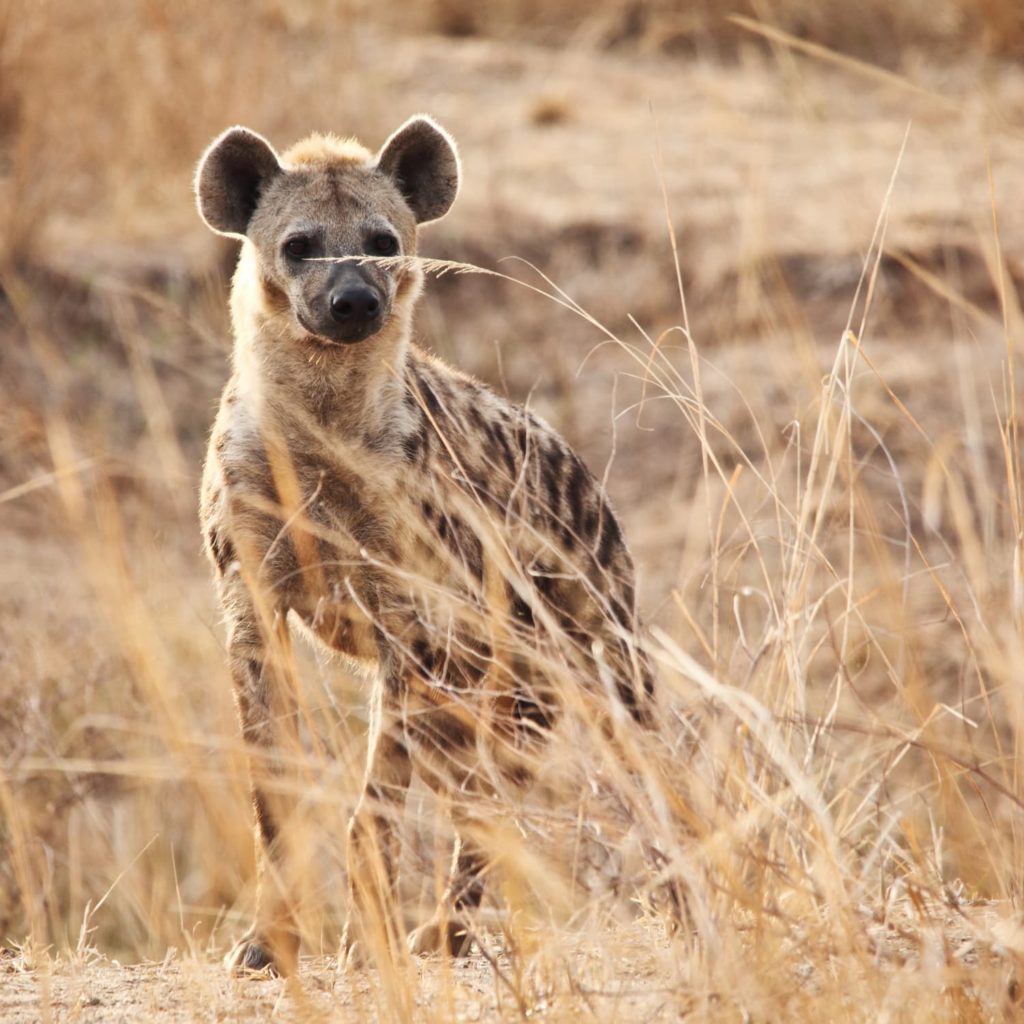Trauma
What is Trauma?
There are several complex theories that explain what happens to us when we are confronted with overwhelming threat and helplessness. For our purposes, here, a quick illustration in the animal world can help to orient us to this work.

Imagine a gazelle grazing calmly on the savannah in Africa.
If it is with its herd, each animal alert and will be orienting to the environment around it to assess for potential danger through its senses – watching out for each other’s survival. When the gazelle hears a twig snap it alerts to the sound, stops and searches for signs of danger. If none exists, the animal will return to grazing.
If, however a predator is spotted, adrenaline surges in the animal’s body, its nerves become activated with electric charge, and its muscles tense. Blood begins to shift from its abdominal organs to its large muscles so that they can work effectively in flight.
The same kinds of changes are happening to the hunting cheetah as it is scouting for food.
If the cheetah spots the gazelle and comes closer, the gazelle will harness all of the energy that was previously building and run for its life. This is “flight mode.” The cheetah, meanwhile, is in a similar mode as it chases down the gazelle. Though it is the hunger, the cheetah’s body is going through the same kinds of physiological changes of the “fight mode.”
As the cheetah closes in on the gazelle, it collapses and can no longer run, can no longer even move, appearing dead and protecting the animal from pain, if it is bitten. This is “freeze.” To the cheetah, freeze looks like death. The cheetah can now relax and recover.


Unfortunately, the hyena has also been scouting for food and has observed the entire scene.
As it moves in, the cheetah makes a feeble attempt, in its exhaustion, to fight back.
While they are both distracted, the gazelle comes out of freeze and flees! Once it gets to safety, its body has to deal with all of the energy that has built up in its system – energy that that is not necessary in a state of safety. This energy is discharged by shaking and quivering. Once this survival energy is dissipated, the gazelle returns to grazing. This animal will not be in a state of Post-Traumatic Stress.
Trauma in Human Beings
The human nervous system has these same survival response mechanisms. But, in humans these natural responses can be complicated by our thinking brains. When we are faced with a life threatening crisis, we also go into fight or flight or freeze. However, our thinking and remembering brains do not typically allow us to complete the activity by shaking it off – in fact, often, if we do experience shaking or other signs of release, we find it uncomfortable or weird and think of ways to override these responses. So, we are left with highly activated energy continuing to circulate in our bodies without any way to fully complete the pattern of release.
It does not take much, long after the original event, for our memories and our bodies to be easily triggered by thoughts and experiences that are even slightly similar to the original threat. This results in chronic stress from layers of unresolved survival responses in the body. Sometimes the body gets stuck in a perpetual “on” mode or ongoing freeze/collapse – particularly if the alarming event happens when we are babies or very young.
We are wired for survival, so it makes sense that we develop avoidance behaviors and even phobias in order to stay away from the perceived threat. Sometimes, a person is drawn to the same or similar events and even seeking out behaviors that trigger some of the same reactions. It is the body’s way of seeking appropriate completion.
In his work with clients, Dr. Levine observed that whenever they began to recite the story of what happened to them, there was always something pleasurable and life affirming that seemed to be in proximity to the threat that was being described and the fearful or unpleasant responses that the client was aware of. This is not the same as “positive thinking” but something the body does on its own. By setting the story aside and working with the physiological indicators, energy from the stressful experience can gradually be reduced and balance can be restored. This is what sets Somatic Experiencing apart from other treatments.
Request an Appointment
Request an appointment today.